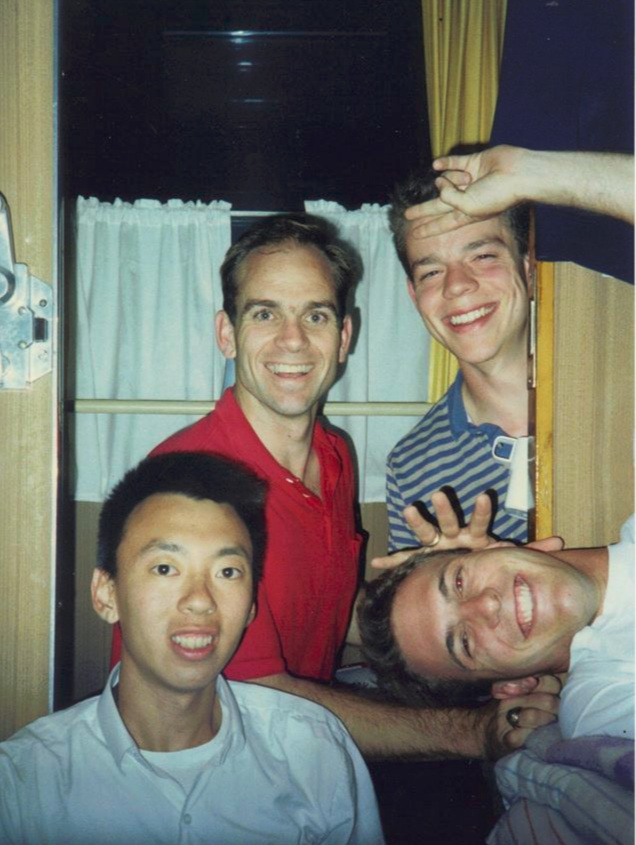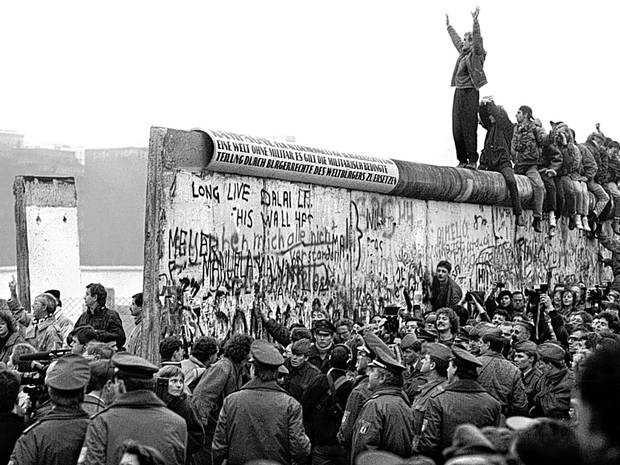Early Days of the Movement, Part 1
Blake Purcell (in red) with Texas A&M students onboard a train in the USSR, 1989.
In 1990, the Purcells moved their young family to Leningrad, USSR (below, right). The following year, the Soviet Union formally dissolved and Leningrad returned to its former name: St. Petersburg. Throughout the early 1990s, many young adults became believers in Jesus through the Purcell’s evangelistic Bible studies (below). These young men and women would eventually become the first members and leaders in the church plants in St. Petersburg.
In the late 1980s, Blake Purcell was campus director at Texas A&M for the Navigators discipleship ministry. In April of 1989, the socialist government of Hungary turned off the high voltage electricity in their border fence that had prevented their citizens from escaping into free Austria. The Iron Curtain was crumbling, and Western missionaries sensed an historic opportunity to share the love of Jesus with millions of people who had been kept in the dark. Three months later, in July 1989, a young Blake Purcell (in red, left) made his first trip to the Soviet Union, bringing a few Texas A&M students with him, to share the Gospel of Jesus with young people in Leningrad (St. Petersburg). Just four months after Blake’s trip, for the first time in forty years, the East German government declined to employ lethal force against their own citizens attempting to escape into West Berlin. The Berlin Wall had fallen (below).
The Purcell Family in St. Petersburg in the early 1990s
Founding worship service of Reformed Presbyterian Church of St. Pete, Feb, 1999




